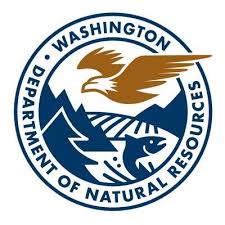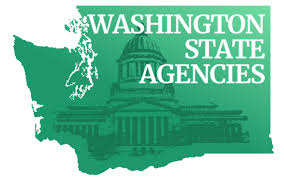Log In

Log in with WA DNR Account
Use you Active Directory credentials to log into the Forest Health Tracker. Only state employees have Active Directory accounts. If you are a member of the public, log in with SecureAccess Washington.

Log in with SecureAccess Washington
Use a SecureAccess Washington (SAW) account to log into the Forest Health Tracker. SAW is a central login that lets you access the online services of multiple state agencies. Don't have an account? Sign up here.